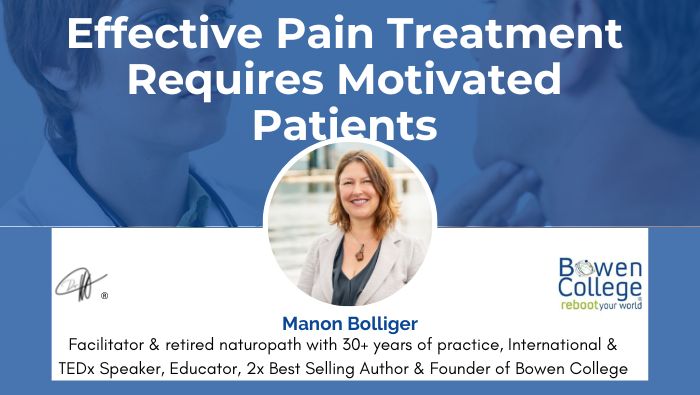In my last post we saw that, regardless of whether the Autonomic Nervous System (ANS) deregulation is activated by physical or psychological triggers, such activation may have significant effects on nociceptive transmission and subsequent pain experiences. This was illustrated in the specific case of temporomandibular disorders (TMD).
So which comes first, the chicken or the egg? Are some people more primed for pain because of deregulation of the ANS or does the pain experience prime their ANS for dysfunction? Schmidt and Carlson (2009) conclude: “although it is unclear whether physiological deregulation is a consequence and/or causative factor in an individual’s chronic pain experience, better self-regulation of physiological activation can be regarded as an important treatment goal for persons with TMD and other chronic pains.” And in such lies the beauty of therapeutics that are aimed at regulating the ANS.
According to Carver & Scheier, (1982, 1998) “Self-regulation theory is a useful framework to address the physiological deregulation that contributes to the physical and psychological problems reported by TMD patients.” The “self-regulatory theory” is an approach to health management that strongly engages the patients’ will to implement the advice given. The belief is founded on the understanding that for medical treatments to be effective, the patient needs to be interested in improving their own health.
The next post will consider the implications of this research for pain related assessment and prescription.









